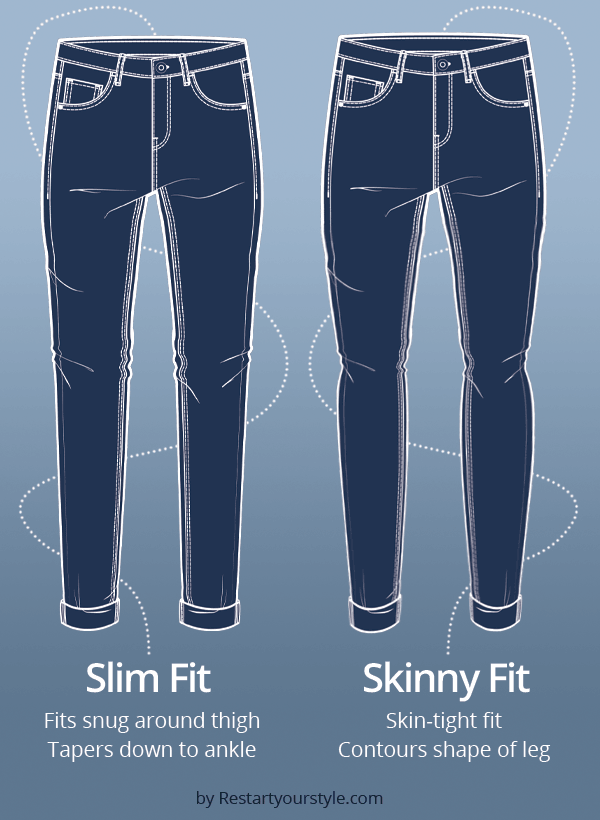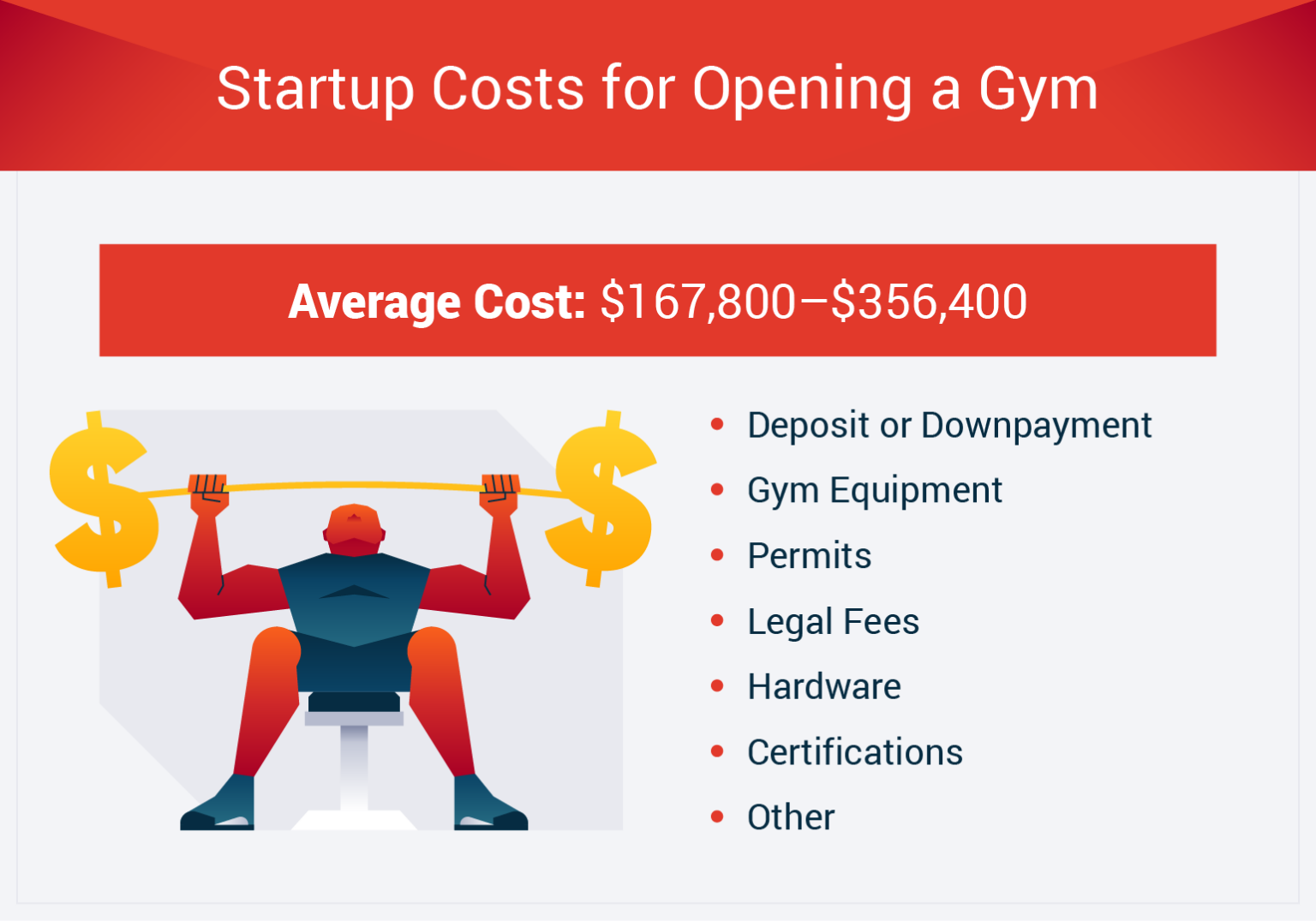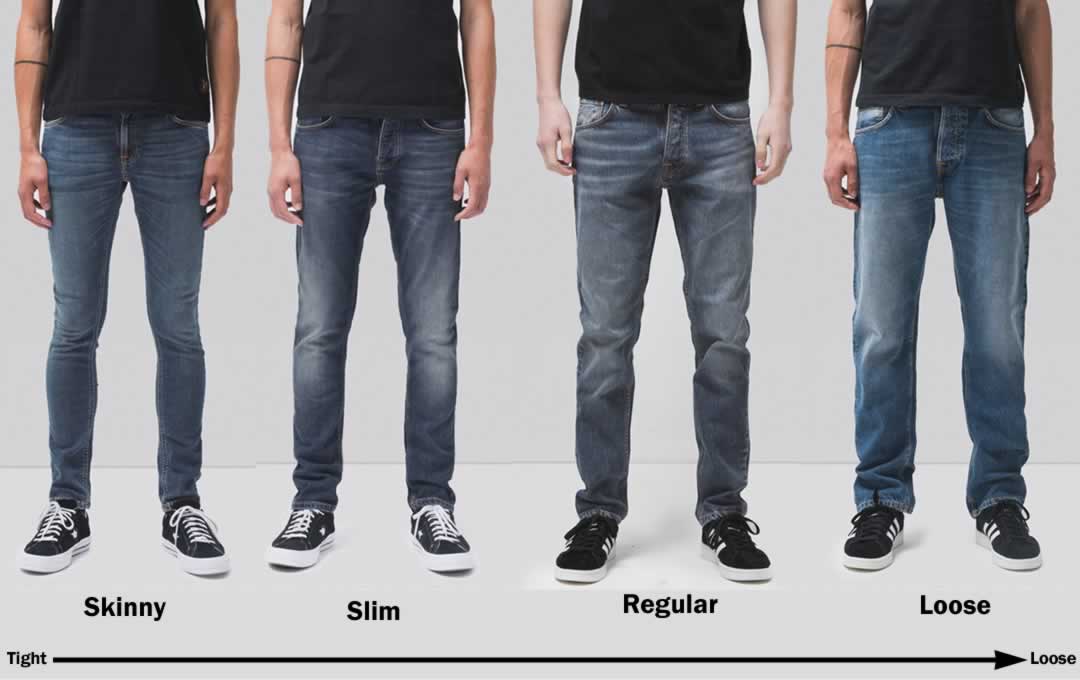How Much Does Skinny Fit Cost

The aroma of freshly brewed coffee mingled with the rhythmic hum of treadmills, creating a familiar symphony in the bustling gym. Sunlight streamed through the large windows, illuminating glistening foreheads and determined faces. Each individual, in their own way, was chasing a goal, a vision of a healthier, perhaps even a "skinnier," version of themselves. But beyond the sweat and exertion, a silent question hung in the air: what is the real cost of achieving that coveted skinny fit physique?
This article delves into the multifaceted costs associated with attaining a "skinny fit" body. It examines not just the financial investments in gym memberships and specialized diets, but also the potential emotional, psychological, and social sacrifices one might make along the way. Understanding these hidden expenses is crucial for anyone embarking on this journey, ensuring a balanced and sustainable approach to health and well-being.
The Financial Investment: More Than Just Gym Fees
The most obvious cost associated with getting skinny fit is the monetary one. Gym memberships, personal training sessions, and specialized fitness classes can quickly add up.
According to a 2023 report by the International Health, Racquet & Sportsclub Association (IHRSA), the average monthly gym membership in the United States ranges from $30 to $80. However, this figure can vary significantly depending on the location, amenities offered, and type of gym.
Boutique fitness studios, offering specialized classes like spin, Pilates, or barre, often charge even higher prices, sometimes exceeding $200 per month. Personal training sessions, typically priced per hour, can range from $50 to $150 or more, depending on the trainer's experience and qualifications.
Beyond the Gym: Apparel, Equipment, and Supplements
The financial commitment extends beyond gym memberships and personal training. Activewear, including specialized shoes, moisture-wicking clothing, and supportive sports bras, can represent a substantial investment.
Home gym equipment, such as dumbbells, resistance bands, yoga mats, or even more elaborate machines like treadmills or elliptical trainers, can also contribute to the overall cost. And then there are supplements.
Many individuals seeking a skinny fit physique turn to supplements like protein powders, pre-workout formulas, and fat burners. While some supplements may offer certain benefits, their effectiveness and safety are often debated, and they can be expensive. A 2022 report by the National Institutes of Health (NIH) highlights the importance of consulting with a healthcare professional before taking any dietary supplements.
The Nutritional Equation: Diet Plans and Eating Habits
Achieving a skinny fit body often requires significant changes to one's diet. This can involve adopting a specific diet plan, such as keto, paleo, or intermittent fasting, or simply making healthier food choices.
Specialized diets can be costly, especially if they require purchasing specific ingredients or prepared meals. Meal delivery services that cater to specific dietary needs can be convenient but often come with a premium price tag.
Even making simple changes, like eating more fruits, vegetables, and lean protein, can increase grocery bills. Organic produce, while often perceived as healthier, is typically more expensive than conventionally grown alternatives. Moreover, dining out can become a challenge, as many restaurant meals are high in calories, fat, and sugar.
The Time Factor: Meal Prep and Planning
Preparing healthy meals and snacks requires time and effort. Meal prepping, the practice of preparing meals in advance, can save time and money in the long run, but it requires dedicating several hours each week to cooking and packaging food.
Careful meal planning is also essential for staying on track with dietary goals. This involves researching recipes, creating grocery lists, and tracking calorie intake. All of these activities consume valuable time that could be spent on other pursuits.
The Emotional and Psychological Toll: A Hidden Expense
The quest for a skinny fit body can have significant emotional and psychological consequences. The pressure to conform to societal beauty standards can lead to feelings of anxiety, inadequacy, and body dissatisfaction.
Obsessive dieting and exercise habits can develop into eating disorders or exercise addiction. These conditions can have devastating effects on physical and mental health, requiring professional treatment and support.
Comparing oneself to others on social media, where idealized images of skinny fit bodies are often prevalent, can exacerbate feelings of insecurity and self-doubt. A 2021 study published in the *Journal of Eating Disorders* found a strong correlation between social media use and body image dissatisfaction among young adults.
Social Sacrifices: Balancing Fitness with Life
The pursuit of a skinny fit physique can also impact social life and relationships. Individuals may find themselves declining social invitations that involve unhealthy food or alcohol.
Spending hours at the gym each week can leave less time for socializing with friends and family. Constant focus on diet and exercise can also make it difficult to relax and enjoy social situations. In some cases, relationships may suffer as a result of these lifestyle changes.
A Sustainable Approach: Prioritizing Health over Appearance
It's important to approach the quest for a skinny fit body with a healthy and balanced perspective. Focusing solely on appearance can lead to unsustainable habits and negative consequences.
Prioritizing overall health and well-being is crucial. This involves setting realistic goals, listening to your body, and seeking professional guidance when needed. A registered dietitian can help develop a personalized nutrition plan, while a certified personal trainer can provide safe and effective exercise guidance.
Remember, true fitness is about feeling strong, energetic, and healthy, both inside and out. It's about finding a sustainable lifestyle that allows you to enjoy your life while taking care of your body.
Conclusion: The True Cost of Skinny Fit
The cost of skinny fit extends far beyond gym memberships and expensive diets. It encompasses the emotional, psychological, and social sacrifices one might make along the way. Understanding these hidden expenses is essential for making informed decisions and adopting a sustainable approach to health and well-being.
Ultimately, the goal should not be to chase an unrealistic ideal of "skinny fit," but rather to cultivate a healthy and balanced lifestyle that supports both physical and mental well-being. This involves nourishing your body with wholesome foods, engaging in regular physical activity, and nurturing your relationships and passions. By prioritizing overall health over appearance, you can achieve a lasting sense of well-being that is truly priceless.


















